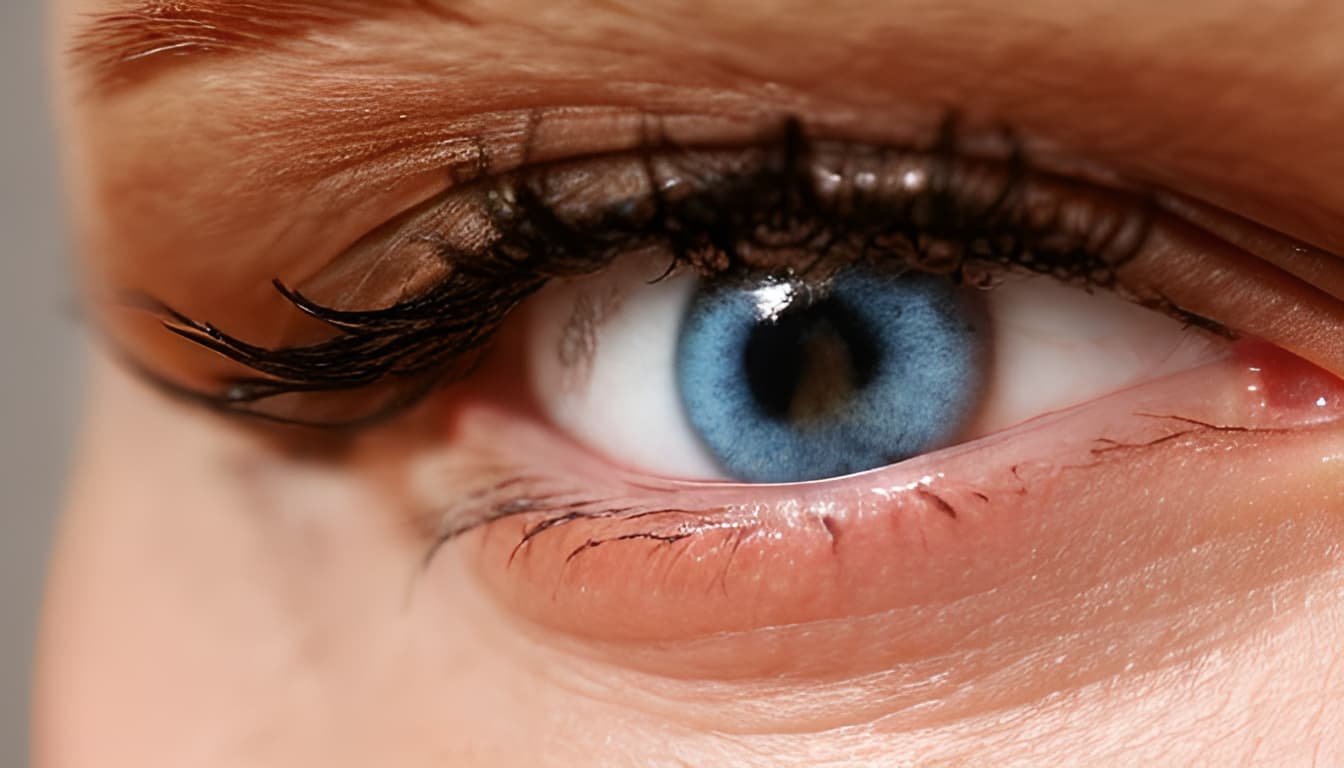Cataract surgery replaces the cloudy natural lens with a clear artificial one to restore clear vision. It’s generally safe, with over 95% of patients experiencing improved vision. However, complications can arise during recovery from cataract surgery, though they’re relatively rare. This article outlines common post-surgical issues and offers guidance for managing them. Understanding potential complications and proper follow-up care can help you confidently navigate your cataract procedure and address any challenges during recovery.
Common Complications
Common complications can arise after eye surgeries like LASIK and cataract surgery. These complications include infection, bleeding, swelling, high eye pressure, retina detachment, implant issues, vision changes like halos, and dry eyes. Infection is a potential risk, although it is relatively rare due to stringent surgical hygiene protocols. Bleeding and swelling are typical in the initial stages but typically resolve with time. High eye pressure, or glaucoma, can occur and needs monitoring. Retina detachment is a serious complication that requires immediate attention. Implant issues, such as dislocation or misalignment of intraocular lenses, may necessitate a follow-up procedure. Some patients may experience temporary vision changes, like seeing halos around lights, which often improve over time. Dry eyes are a common issue but can usually be managed with eye drops.
It’s important to note that serious complications are infrequent, with the majority of patients experiencing successful outcomes. Risk factors for complications can include pre-existing eye conditions, medical history, and surgical technique. The average rate of complications varies depending on the type of surgery and individual factors. Patients should be aware of potential complications and closely follow post-operative instructions. While serious issues are rare, knowing the symptoms and promptly reporting any unusual or concerning changes in vision to your healthcare provider is crucial to ensure timely intervention and optimal recovery.
When to See Your Doctor
If you’ve undergone LASIK or any eye surgery, it’s essential to know when to see your doctor. Sudden vision loss or significant changes in vision, like blurriness or distorted sight, should prompt an immediate visit to your healthcare provider. Severe eye pain, redness, or unusual discharge are also signs that require urgent attention. If you experience symptoms such as nausea, vomiting, or dizziness after the procedure, it’s crucial to consult your doctor promptly, as these could indicate underlying issues. New flashes or floaters in your vision should be reported, as they may indicate retinal problems. Light sensitivity and increased tearing can be bothersome; if persistent, consult your healthcare provider. Remember, what insurance covers LASIK may vary, but your health should always come first. When it comes to your eyesight, don’t hesitate to call your doctor with any concerns, as early intervention can be crucial for a successful recovery.
Preventing complications
Preventing complications after eye surgery is essential for a smooth recovery. To minimize the risk of issues, it’s crucial to follow all pre-, and post-operative instructions provided by your surgeon diligently. Using prescribed eye drops as directed can aid in reducing the risk of infection and promote healing. At night, wearing an eye shield can protect your eyes from accidental rubbing or exposure during sleep. It’s advisable to limit strenuous activities after surgery to prevent strain or injury to the eyes. Avoiding water contact with your eyes is crucial, so swimming and hot tubs should be postponed until your doctor gives the green light.
Never rub or press on your eyes, as this can lead to complications like infection or dislocation of the surgical site. When venturing outdoors, wearing sunglasses is vital to shield your eyes from harmful UV rays and reduce the risk of discomfort or sensitivity. For dry eyes, regularly using prescribed eye drops can alleviate discomfort. Taking adequate time off work to recover is important for allowing your eyes to heal without added stress. Lastly, promptly report any unusual symptoms or changes in your vision to your healthcare provider, as early intervention can prevent complications from becoming more serious.
Managing Discomfort After Eye Surgery
Experiencing some level of discomfort after eye surgery is common, but there are steps you can take to ease the recovery process. Swelling and bruising around the eyes are typical, and they usually subside with time. To alleviate these symptoms, apply cool compresses gently to the closed eye area. Wearing an eye shield during sleep and sunglasses when outdoors can provide additional protection and comfort. Reducing screen time during the recovery period can help minimize eye strain and discomfort. Over-the-counter pain relievers recommended by your healthcare provider can be used as directed to manage pain and discomfort effectively.
Additionally, following your doctor’s instructions on applying prescribed eye drops is essential for promoting healing and reducing discomfort. Resting your eyes by closing them or avoiding bright lights can also provide relief. Remember that discomfort during the recovery phase is temporary and often a sign that your eyes are healing. However, if you experience severe or prolonged discomfort, or if you have any concerns about your recovery, don’t hesitate to contact your healthcare provider for guidance and reassurance.
Conclusion
Being informed about potential complications, following proper post-surgery care, and promptly reporting any symptoms are crucial steps in ensuring a successful recovery after eye surgery. While most issues resolve over time, early intervention is vital to prevent any long-term vision damage. Your eye health is worth the attention and care it deserves.
